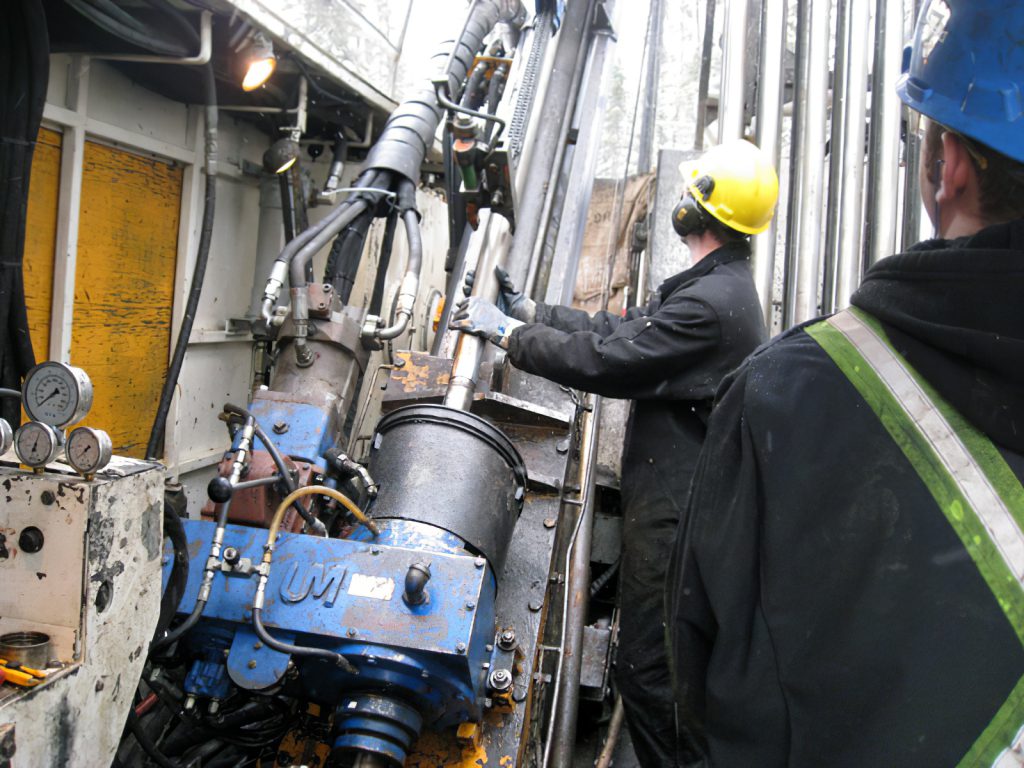Ontario Developing First-Ever Critical Minerals Strategy

Initiative will generate investment, create jobs and opportunities in the mining sector
The Ontario government is developing its first-ever Critical Minerals Strategy to help generate investment, increase the province’s competitiveness in the global market, and create jobs and opportunities in the mining sector. It will also support Ontario’s transition to a low-carbon economy both at home and abroad.
“By developing this strategy, we will strengthen Ontario’s position as one of North America’s premier jurisdictions for responsibly-sourced critical minerals, including rare earth elements,” said Greg Rickford, Minister of Energy, Northern Development and Mines and Minister of Indigenous Affairs. “We are confident this will generate investment, reduce red tape, create jobs and advance Indigenous participation in the sector. Local and global markets, including Ontario-based industries, are looking for reliable, responsibly-sourced critical minerals and we are ready to capitalize on this growing market demand.”
Ontario is well positioned to become a global supplier, producer and manufacturer of choice for certain critical minerals, including, but not limited to nickel, copper, cobalt and platinum group elements.
“Industries across Ontario and around the world need a steady supply of critical minerals to support new technologies and emerging industries, including electric vehicles,” said Minister Rickford. “With the development of a Critical Minerals Strategy, the Province can showcase Ontario’s competitive advantage, high mineral development potential and world-class mining sector.”
New technologies and high-growth sectors that rely on critical minerals include information and communications technology, electronics, energy, aerospace and defence, health and life sciences and transportation.
“With an abundance of the critical minerals in Northern Ontario, along with a competitive business climate, innovation and talent, Ontario is well positioned to become a leader in the future of electric vehicle and battery manufacturing,” said Vic Fedeli, Minister of Economic Development, Job Creation and Trade. “In fact, recent proposed investments of almost $6 billion over the last several months in Ontario’s auto sector will make our province a global hub for EV manufacturing, making us stronger and more resilient as we continue to work towards economic recovery.”
To inform the Critical Minerals Strategy, the Province is releasing a discussion paper for public consultation on the Environmental Registry of Ontario. A consultation with industry and Indigenous communities will also help guide the development of the Strategy to be released this fall.
On March 11, 2021, Canada’s Minister of Natural Resources, the Honourable Seamus O’Regan Jr., announced the release of a Canadian critical minerals list during the virtual Prospectors & Developers Association of Canada’s (PDAC) 2021 Convention.
Global demand for critical minerals is increasing to support the transition to a low emissions global economy. Canada can leverage its mining and processing expertise and world leading environmental, social and governance credentials, and become the global supplier of choice for clean and advanced technologies.
The list includes 31 minerals considered critical for the sustainable economic success of Canada and our allies-minerals that can be produced in Canada, are essential to domestic industry and security and have the potential to support secure and resilient supply chains to meet global demand.
The critical minerals list is a result of collaboration with other federal departments, exploration, mining and manufacturing industries, and extensive consultation with the provinces and territories over a period of five months. The list prioritizes building an industrial base for the low-carbon, digitized economy, and provides greater certainty and predictability to industry, trading partners and investors on what Canada has to offer.
For example, Canada is the only Western nation that has an abundance of cobalt, graphite, lithium and nickel, essential to creating the batteries and electric vehicles of the future.
And there are other areas where Canada’s minerals can play an important role in global markets, through its ‘mines to mobility’ approach. Canada is the world’s second largest producer of niobium, an important metal for the aerospace industry, and the fourth largest producer of indium, a key input in semi-conductors, as well as many of the materials needed for advanced vehicle manufacturing.
As a leading mining nation backed by a rich endowment of resources, supported by free markets, political stability and preferred access to global markets, will lead in supplying the world with products made from critical minerals, and power the economy of the future.
O’Regan Jr. added, “The 31 critical minerals on Canada’s list are used to develop clean technologies, from solar panels to EV batteries. They’re all essential to lowering emissions, increasing our competitiveness, and strengthening our energy security. Canada’s list signals to investors where Canada will focus and where Canada will lead. Critical minerals will get us to net-zero.”
Pierre Gratton, President and CEO, Mining Association of Canada, commented, “Demand for minerals and metals continues to grow with an increasing focus on critical minerals – vital in aerospace, healthcare, telecommunications and an array of clean technologies such as solar panels and electric car batteries. We’re confident that, with Canada’s leadership in sustainable mining standards and the government’s commitment to critical minerals development, the mining sector has the tools, skills and support to provide the responsibly sourced minerals vital to industries in Canada and around the world.”
